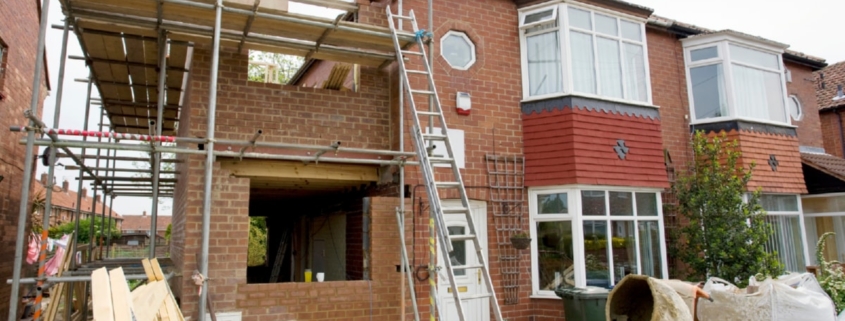The Role of Drones in Modern Construction Projects 7045
In the rapidly advancing the construction industry, cutting-edge construction techniques are continually evolving. This article provides a comprehensive guide to the latest trends that are revolutionising the sector.
The first trend is 3D Printing, a method that has the potential to revolutionise the construction industry. This method involves the use of specialised 3D printers that can fabricate components of buildings or even entire structures. The benefits of 3D Printing in construction include improved productivity, reduced waste, and the potential for complex designs that would be difficult to achieve with traditional construction methods.
The second trend is Prefabrication, which involves the production of building components in a factory setting, before being transported to the construction site for installation. This approach cuts down on construction times, improves quality control, and can lead to significant cost savings. Moreover, it also reduces the environmental impact by reducing waste and increasing efficiency.
Smart Buildings represent the third trend. These structures utilise the latest technology to enhance the building’s efficiency and the comfort of its occupants. Features can include automated systems for lighting, energy-efficient appliances, and systems for managing energy use. These buildings can also include innovative security systems, offering enhanced safety for occupants.
The fourth trend is Sustainable Construction. This technique focuses on reducing the environmental impact of construction by using eco-friendly materials and sustainable construction methods. This can involve the use of sustainable materials, the incorporation of green spaces, and the use of renewable energy sources. Moreover, sustainable construction often results in buildings with lower operating costs, thanks to their energy efficiency.
Finally, the fifth trend is Digital Twin Technology. This is a computerised representation of a building that can be used for design, construction, and maintenance. BIM allows for more accurate planning, improved communication among project team members, and improved ability to foresee and address potential problems before they occur.
In conclusion, these five trends represent the forefront of innovative construction techniques. By grasping these trends, construction professionals can stay ahead of the curve, delivering projects that are more efficient, more sustainable, and better aligned with the needs and expectations of their clients. As technology continues to evolve, so too will the construction industry, with these trends likely to become increasingly prevalent in the coming years.
For more details, check best Flat Roofing Services Dublin or visit their Flat Roof Service business listing here.



